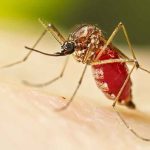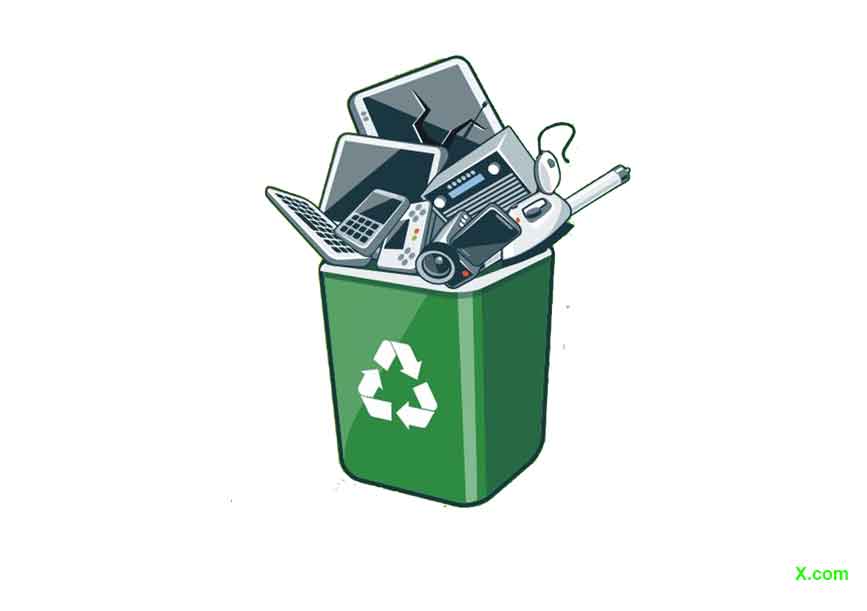Dr. N. Munal Meitei,
Environmentalist, email-nmunall@yahoo.in

International Day for Disaster Risk Reduction is celebrated on 13th October. This year’s theme “Empowering the next generation for a resilient future” aligns with the Sendai Framework calling on the role of education in protecting and empowering children and youth for a disaster-free future and to prevent and reduce losses in lives, livelihoods, economies and basic infrastructure.
Disasters and inequality are two faces of the same coin. Many disasters, often triggered by climate change, pose significant threats to the well-being of children and youth. UNICEF reports that around one billion children worldwide are at extremely high risk due to climate impacts and related disasters. In 2022, the number of children affected by flooding in Chad, Gambia, Pakistan and Bangladesh was the highest in over 30 years. In addition to the risk of death and injury, children face further challenges in the form of disruptions in schooling, nutrition, healthcare and protection issues in the aftermath of disasters.
Empowering and preparedness of children and youth can help to protect the entire families and communities. Disasters are growing and impact the well-being of everyone. Early warning systems should be accessible to everyone, so that no one is left behind.
We cannot predict and stop natural disasters but we can arm ourselves with knowledge: so many lives could be saved if there is enough disaster preparedness. Disasters have created gargantuan challenges for vulnerable population such as poor, children and more precisely for the differently abled persons who has a barrier that confronts them during disaster situations.
The world faced a lot of vicious effects from natural disasters. India is exposed to multiple disasters which jeopardize the quality of life of the people. About 58.6% of the Indian landmass is prone to earthquakes from moderate to very high intensity; over 40 million hectares i.e. 12 % of land is prone to floods and river erosion; of the 7516 km long coastline, close to 5700 km is prone to cyclones and tsunamis; 68% of the cultivable area is vulnerable to drought and maximum of the hilly states including Manipur are again at severe risk from landslides.
The landslide in Wayanad, Kerala on 31 July, 2024 is reportedly deadliest with 420 fatalities and 118 missing with thousands of injury. Shimla in August, 2023 was another worst landslides and floods, claiming 88 deaths. In Sikkim due to heavy rains on 4th October 2023, 32 causalities, 122 missing and 41,870 people affected. Cyclone Remal in May killed 65 people including 5 in Manipur, Vijayawada floods, Jivitputrika tragedy and Rajkot fire are some of major disasters in India this year.
National Disaster Management plans impetus to build a safe and disaster resilient India by developing a holistic, proactive, multi-disaster oriented approach for the peoples like the children and youths, women, differently abled persons, the ageing populations and animals to defend them from the disasters risks.
North-east India is located in Earthquake Zone V- very severe intensity zone. The region has experienced at least 18 severe earthquakes measuring up to 7 on Richter scale in the last 100 years. Manipur was struck with an earthquake of 6.7 on the 4 January 2016 killing 11 and injuring around 200 people which being the most damaging earthquakes since 1880 and 1939.
The state being in a land-lock, we may not be directly affected by the tropical cyclones arising out of Bay of Bengal. However, we are vulnerable to associated hazards of cyclonic winds and incessant rains thereby causing flash flood accompanied by blowing away of the trees, houses and electric posts and landslides. A large landslide occurred in Tupul railway construction site on the night of 30 June 2022 killing 58, injuring 18 and 3 people still missing.
Landslides fueled by cloud burst have become a regular feature along National Highways causing extensive lost to our economy. State is also facing frequent flash floods because of rampant deforestation in the catchments, unplanned development and increase of encroachments in the flood plains. Manipur flood, during 31 May and 2 July this year killing two people and affecting thousands were an impediment.
Though the state government has promulgated the guidelines and rules for construction of houses and buildings including schools, it seems that all are still lying on the tables. Such regulations should be enforced immediately to save ourselves from any eventualities and be uploaded in social media including the WhatsApp, Facebook and Twitter etc. for mass awareness. In the New Education Policy-2020 also, disasters management guidelines should be compulsorily included as a major subject and then only we can save ourselves.
Now the question is how much we are prepared for and safe from disasters that may happened anytime and anywhere in the state? The answer is no, we are still yet to be in preparedness, equipped with modern technologies and knowledge from time to time.
We are much lacking in emergency responses including search, rescue and medical assistance and quick transportation of the casualties to the nearest hospitals. Traffic managements, establishment of temporary shelters for evacuees and ensuring provision of essential services such as medicines, food, clothing, drinking water, sanitation and hygiene, lighting arrangements etc. are yet to be developed.
During post disaster phase, many factors such as risk of diseases and epidemics because of water quality, poor sanitation, decaying biological matter, water stagnation, inadequate shelter and food supplies will arise. With the ongoing communal crisis, we have witnessed the facilities provided in the relief camps and hence what may happen during an unpredicted disaster is an answered question.
Disasters disrupt progress and destroy the hard-earned fruits, often pushing the development of the nation in back for several decades. Therefore to fight back the disasters which are unpredictable and beyond our control, we all citizens should always be in preparedness and equipped with the befitting modern knowledge and we must take care for our nature to minimize the loss in life, property and to safeguard our long earned national developments.













